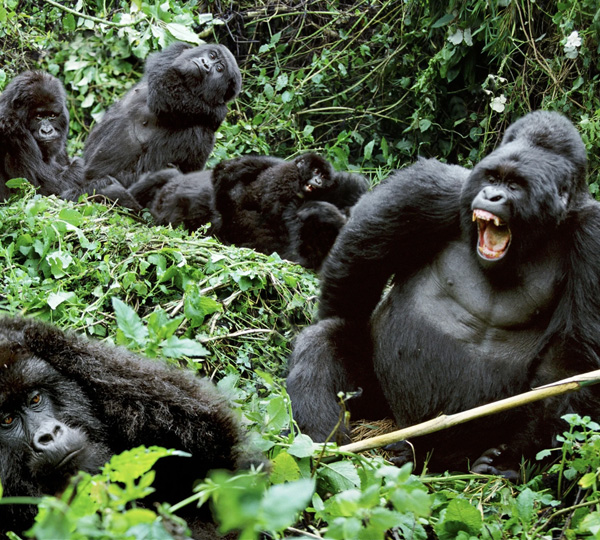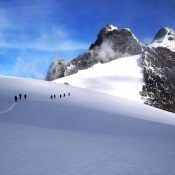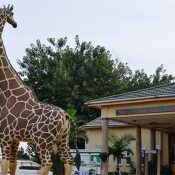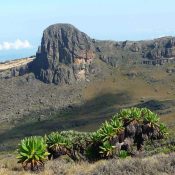This tourism experience costs $800 for an hour. Here’s why it’s worth it

This tourism experience costs $800 for an hour. Here’s why it’s worth it
Kenya has the majestic Maasai Mara. The reputation of the verdant, fauna-filled Ngorongoro Crater in Tanzania precedes it. Rwanda’s Virunga volcanoes have become the go-to for once-in-a-lifetime encounters with mountain gorillas. And further south, Botswana, Namibia and South Africa are seen as essential stop-offs for those hungry to experience the best wildlife Africa has to offer.
Yet one country is easily forgotten when it comes to spending time in true wilderness and getting up close to nature: Uganda.
This East African gem has it all for the wildlife obsessive: the plains of Queen Elizabeth National Park, home to tree-climbing lions and leopards; the Kazinga Channel with its hippos, elephants, crocodiles and stunning fish eagles; and Bwindi Impenetrable Forest.
Quite simply, it’s underrated and waiting to be explored – especially one profound tourism experience that costs $800 an hour, but is said to be worth every single dollar.
That huge price tag is part of a pattern of big-budget experiences in Uganda that, although inaccessible to many wallets, could help set the country on the path to sustainable tourism at a time when many destinations are now being overwhelmed by visitors.
In Bwindi Impenetrable Forest, home to the largest mountain gorilla population in the world, with over 500 roaming the dense woodland, it costs $800 for foreign non-residents to head out on a strictly timed one-hour trek to meet a group of habituated gorillas. These are led by experts from the Uganda Wildlife Authority, with small groups of eight people assigned to visit one of 18 habituated groups each day.
For $1,500, visitors can take part in a habituation process. Those with a cold are not allowed to take part, such is the concern around passing on the disease to these incredible animals, which share 98% of their DNA with humans.
Although it’s possible to travel relatively cheaply on either side of this experience, many visitors make this bucket-list activity part of a premium adventure. Again, the high price tag usually results in money going to support the at-risk environment.
From CNN




